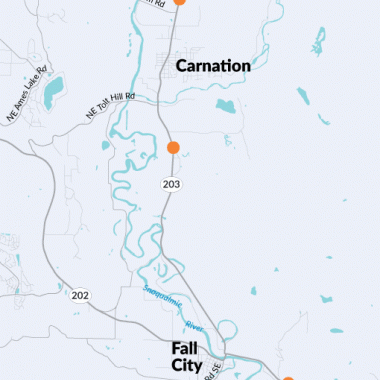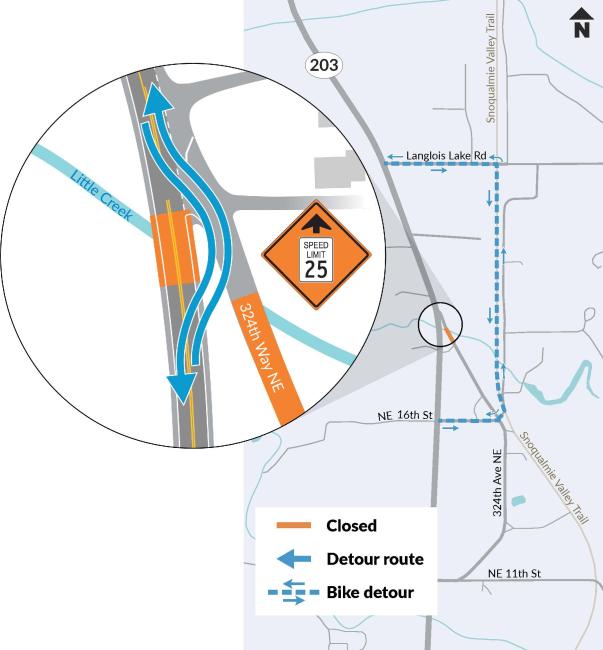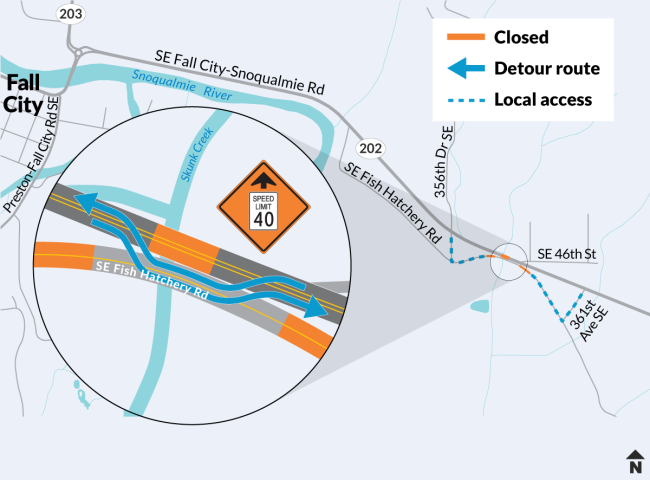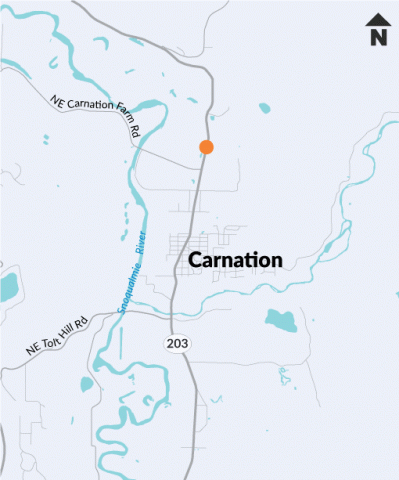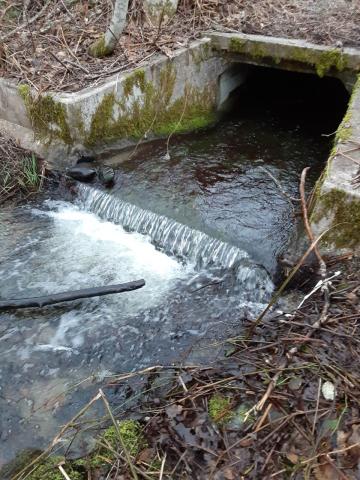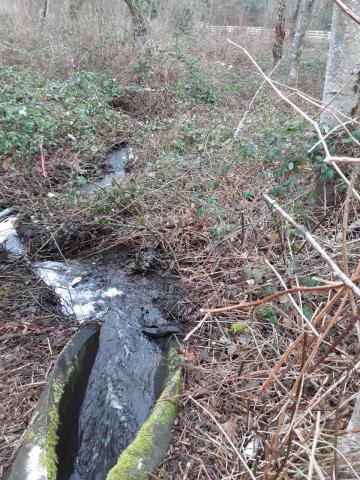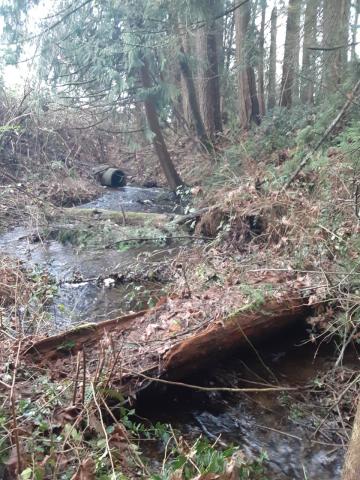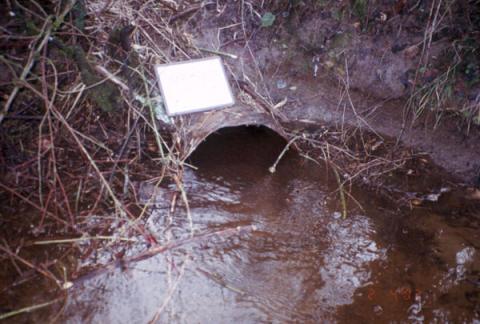Weekday single-lane closures begin as early as Monday, Aug. 4, on SR 203 near 324th Way NE for fish barrier removal and will last for roughly eight weeks. Flaggers will alternate traffic through the open lane from 9 a.m. to 3 p.m., Monday through Friday. Construction is not planned during weekends.
Weekday single-lane closures also are planned on SR 203 near Northeast Carnation Farm Road from Monday, Aug. 18, through Friday, Aug. 29. Flaggers will alternate traffic through the area from 9 a.m. to 3 p.m. Monday-Friday. Crews will perform preventative maintenance on a fish passable bridge built in 2023 across a tributary to Horseshoe Lake.
Project overview
As part of the state's fish recovery efforts, WSDOT has made it a priority to reconnect waterways where roads act as barriers. In Western Washington, that means replacing culverts and building hundreds of bridges and structures beneath state highways by 2030 to open more habitat for native and migrating fish.
This project will remove barriers to fish passage at four locations where culverts prevented fish from swimming upstream. Those locations are along an unnamed tributary to Horseshoe Lake at SR 203 and Northeast Carnation Farm Road north of Carnation; Skunk Creek and an unnamed tributary to Skunk Creek where they cross beneath SR 202 and Southeast Fish Hatchery Road near Southeast 46th Street in Fall City; and along an unnamed tributary to the Snoqualmie River running beneath SR 203 near 324th Way Northeast south of Carnation.
Construction on this fish passage project began in mid-2023. Work will be complete in all locations in mid-2025. As of February 2025, construction is complete on SR 203 near Northeast Carnation Farm Road and SR 202 and Southeast Fish Hatchery Road near Southeast 46th Street. Construction is scheduled to finish on SR 203 near 324th Way Northeast in mid-2025.
What to expect
This project is being combined into a single contract with two other fish passage projects on I-90 and SR 161. Construction is scheduled to occur from 2023-2027 across all locations.
SR 203 near 324th Way Northeast south of Carnation:
- Roughly eight weeks of weekday SR 203 single-lane closures begin as early as Monday, Aug. 4, near 324th Way Northeast.
- Flaggers will alternate traffic through the work zone from 9 a.m. to 3 p.m., Monday through Friday each week into fall 2025.
- Construction on a new bridge over an unnamed tributary to the Snoqualmie River was completed in January 2025.
- The intersection of SR 203 and 324th Way Northeast reopened in February 2025 with a new alignment designed to improve visibility for vehicles entering and exiting the state highway.
SR 202 and Southeast Fish Hatchery Road in Fall City:
- The new SR 202 bridge over Skunk Creek opened in July 2024.
- The new Southeast Fish Hatchery Road bridge over Skunk Creek opened in November 2024.
SR 203 near Northeast Carnation Farm Road north of Carnation:
- Construction on a new fish-passable culvert along SR 203 near Northeast Carnation Farm Road was completed in August 2023.
A map showing the locations on SR 202 and 203 near Fall City and Carnation where culverts that act as fish barriers will be removed and replaced with larger, fish-friendly structures.
Removing fish barriers can deliver impressive benefits, improving fish access for miles up and downstream.
The SR 202/203 fish passage barriers project near Fall City and Carnation builds on our commitment to remove fish barriers on streams that run under state highways.
The four culverts that carry Skunk Creek, an unnamed tributary to Skunk Creek, and two unnamed tributaries to the Snoqualmie River and Horseshoe Lake are too steep for fish and impassable. Replacing them with new fish-passable structures increases the likelihood of fish migration through the Snoqualmie River, Horseshoe Lake and their tributaries. This effort will create thousands of meters worth of potential fish habitat in these waterways.
This benefits commercial seafood operations, recreational fishers, and provides more food for our declining orca population. In addition, replacing these culverts helps us meet our obligation to remove barriers under a 2013 U.S. District Court injunction.

